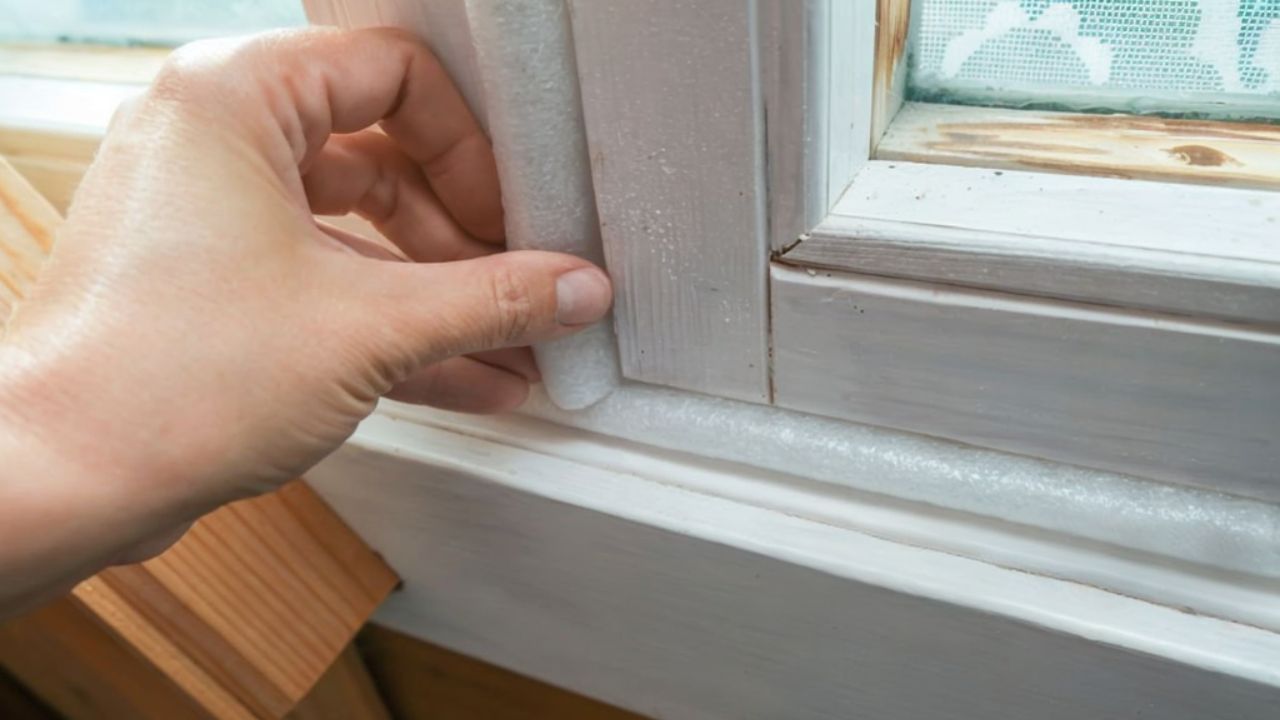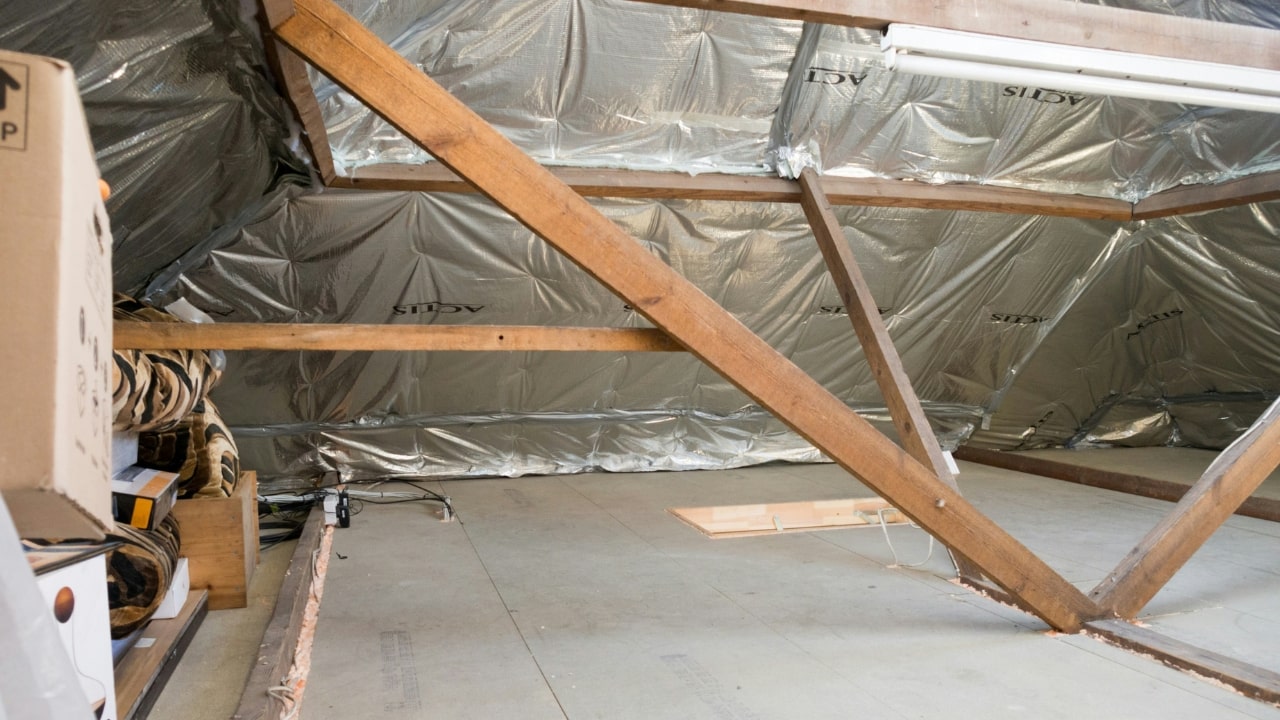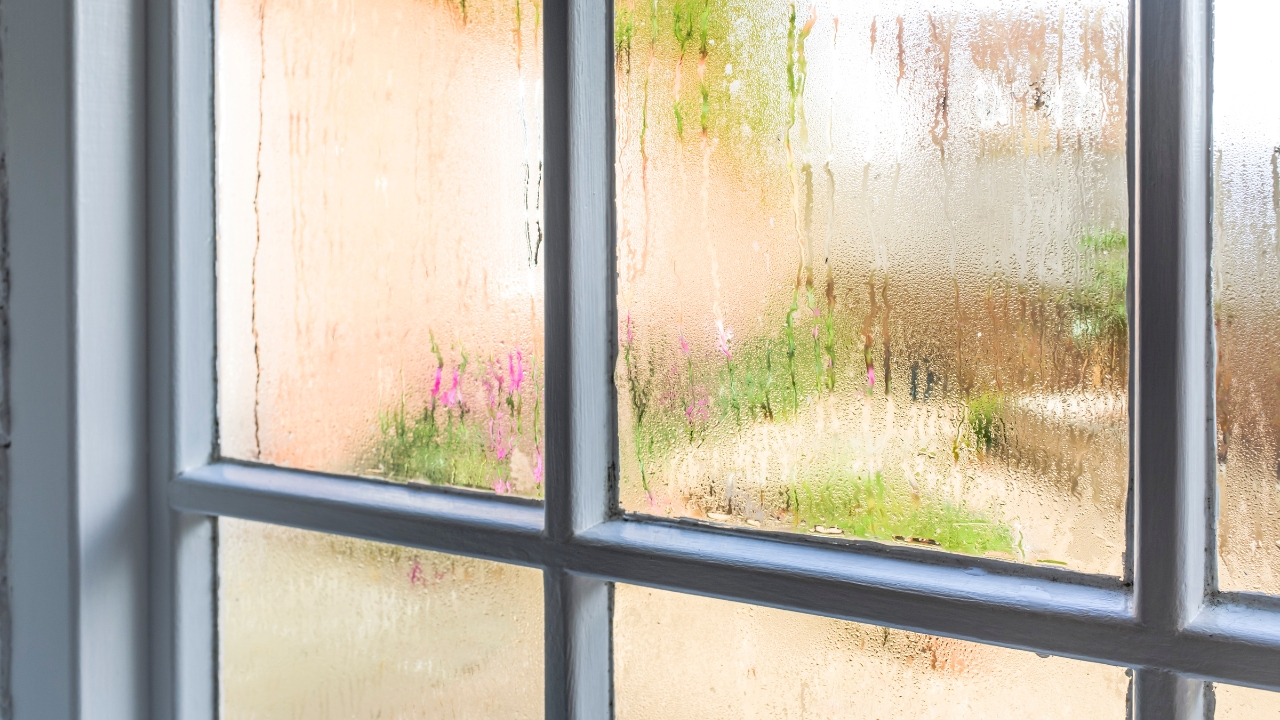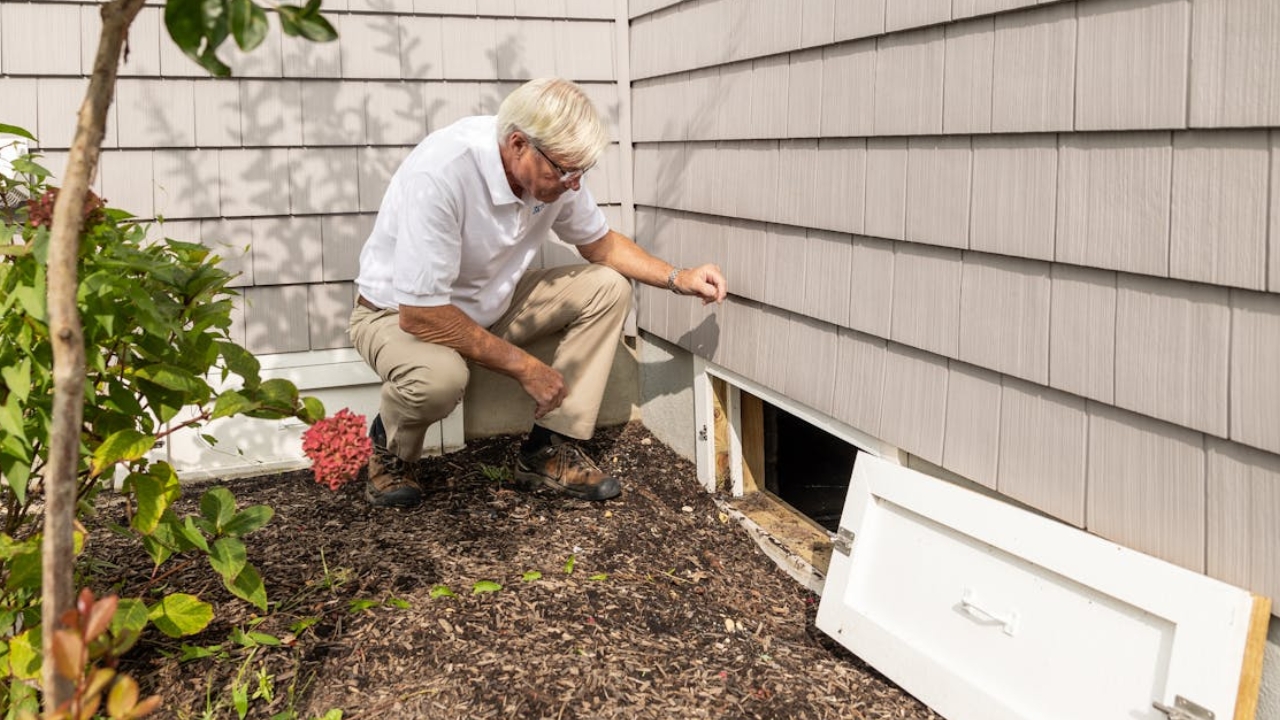7 ways your house is leaking heat (and money)
If your heating bill keeps climbing but your house still feels chilly, you’re probably losing heat somewhere you don’t realize. Most homes, especially older ones, have hidden weak spots that let warm air escape and cold air sneak in.
You don’t need fancy equipment to fix them—just a little attention to where your house is working against you. A few small repairs can make a huge difference in comfort and cost. Here’s where most of the heat (and money) tends to disappear.
Drafty windows and doors

Gaps around old windows and exterior doors are one of the biggest culprits for heat loss. Even a small draft can make your heater work harder and drive your energy bills up. Check for air leaks by feeling around the frames on a windy day—you’ll know right away if cold air is coming in. Weatherstripping, caulk, and door sweeps can make a big difference without a major investment.
Poor attic insulation

Heat rises, and without proper attic insulation, it escapes straight through your roof. Many homes have insulation that’s too thin, uneven, or full of gaps. If you can see your joists when you peek in the attic, that’s a sign you need more. Adding insulation or sealing air leaks around vents and chimneys keeps warm air where it belongs and helps your heating system run more efficiently.
Unsealed ductwork

If your home uses forced air, leaky ducts can waste a surprising amount of heat before it ever reaches your vents. Over time, joints loosen and small gaps develop, letting warm air escape into crawl spaces or attics. Sealing those leaks with mastic or metal tape can improve efficiency and even out the temperature in rooms that always feel colder than the rest.
Outdated windows

Single-pane or poorly sealed double-pane windows can leak heat all winter long. They’re also prone to condensation, which signals poor insulation. Replacing them with energy-efficient models is expensive upfront but can significantly lower your heating costs. If new windows aren’t in the budget yet, thermal curtains or plastic window film can help in the meantime.
Uninsulated floors and crawl spaces

If the floors feel cold no matter how high you turn up the heat, the space beneath your home might be uninsulated. Crawl spaces and basements can draw in cold air and let warmth escape through the flooring. Insulating these areas and sealing vents can stop the chill from creeping up through the floorboards, keeping your main living spaces much more comfortable.
Fireplace drafts

Fireplaces seem cozy, but when they’re not in use, they’re a major source of heat loss. Warm air flows right up the chimney unless the damper is closed tight. Even then, older dampers don’t always seal completely. A chimney balloon or flue plug can keep heat from escaping while still being easy to remove when you want a fire.
Recessed lighting and ceiling gaps

You might not think about your lights contributing to heat loss, but recessed fixtures can let warm air escape into the attic if they’re not properly sealed. The same goes for gaps around ceiling fans and attic hatches. Installing airtight covers and adding insulation around these spots helps stop the warm air from rising straight out of your living space.
*This article was developed with AI-powered tools and has been carefully reviewed by our editors.







